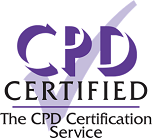Statutory & Mandatory Training: Safeguarding Children and Young People Level 3
With this Statutory & Mandatory Training: Safeguarding Children and Young People Level 3 course discover child protection issues alongside definitions, indicators, legislation, guidance and processes. With this level 3 safeguarding training understand the importance of children’s rights as reflected in legislation and child development in the context of safeguarding. For anyone working with vulnerable children and young people or anyone who may be involved with them such as parents, family members.
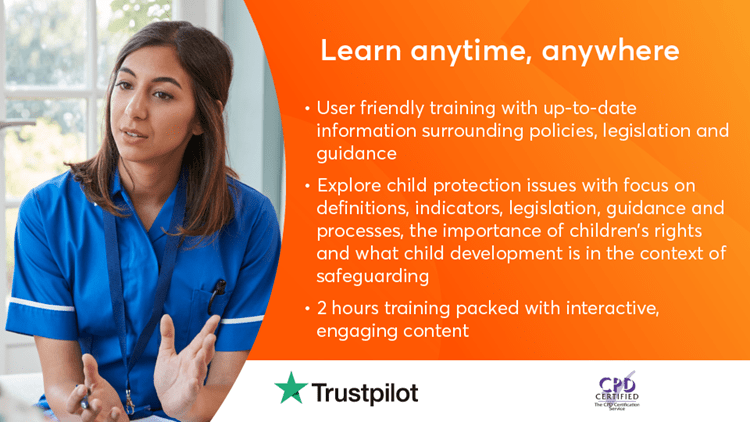
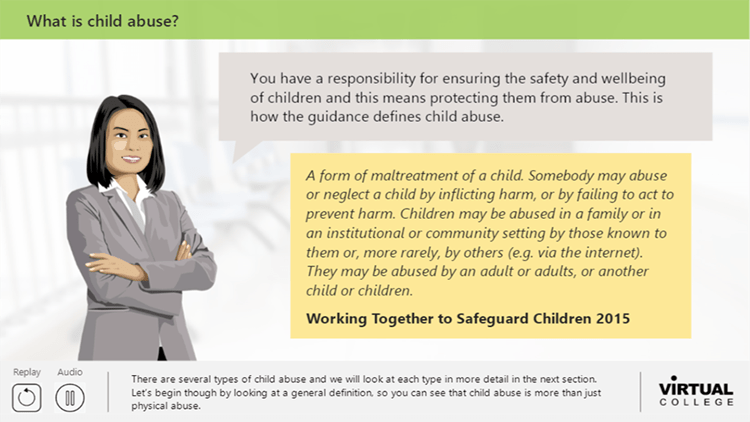
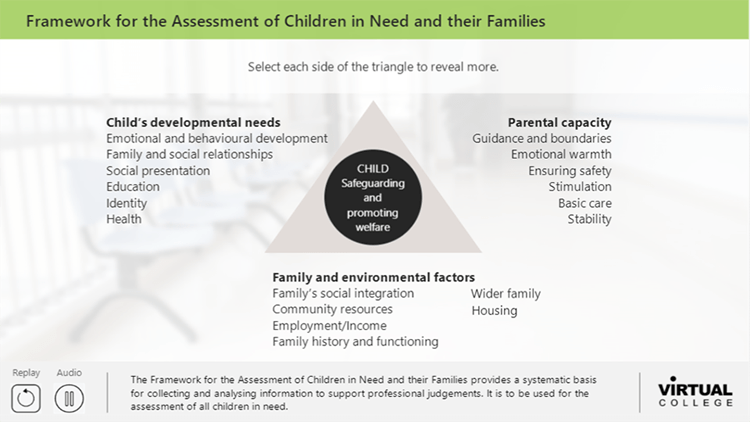
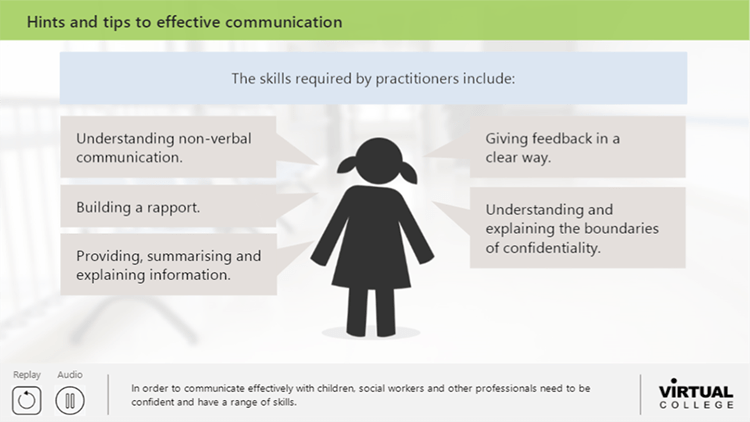
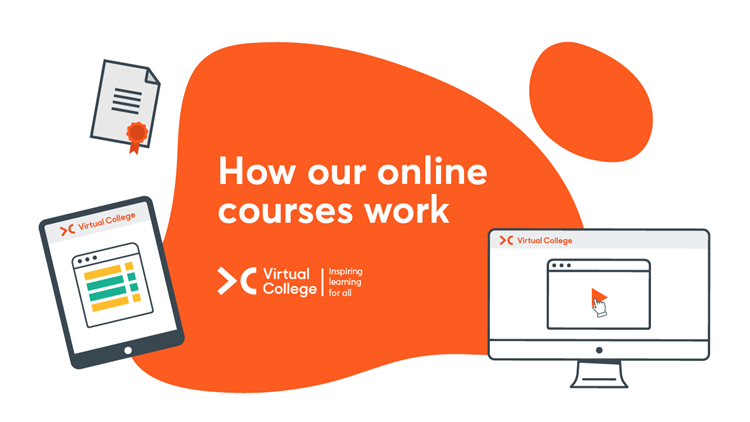




Course Overview
Format
- Advanced
- 2 Study Hours
- Online Study
- Self-Printed Certificate
Accreditation
- 2 CPD Hours
- CPD Certified
Course description
Safeguarding is everyone’s responsibility. This level 3 course enables those working with children and young people to recognise the signs of abuse or neglect and know how to act and respond in potential safeguarding scenarios. The information contained within can prove beneficial to both individuals and organisations working with children. This training material is aimed at professionals working with children and young people and includes sections for protection issues, legislation surrounding vulnerable children, abuse indicators, and the responsibilities contained within safeguarding practices.
By the end of this course, learners will be able to do the following:
- Know about child protection issues, including definitions, indicators, legislation, guidance and processes.
- Understand the importance of children’s rights as reflected in legislation and key statutory and non-statutory guidance.
- Understand what is meant by child development in the context of safeguarding.
- Understand the scale of abuse and the types and potential signs of child maltreatment within the context of normal child development.
- Know how abuse and neglect can impact on children’s development and how to recognise this.
- Have a greater awareness of the potential risk factors which may increase the likelihood of abuse in children’s lives.
- Have a greater understanding of the additional vulnerabilities of looked-after children as a result of their experiences of abuse in childhood, and know best how to support them and meet their needs (or to achieve stability and recover from abuse).
What does this Statutory & Mandatory Training: Safeguarding Children and Young People Level 3 course cover?
Safeguarding is everyone's responsibility and in a healthcare or social care environment staff will come across vulnerable children and young people, here is what you will find in this course:
| Module | What it includes |
| Introduction to Safeguarding | To start off the course looks at safeguarding guidance, what child abuse is and the different types of abuse so you can be aware of the signs and symptoms of it. |
| The Effects of Adult Behaviour on Children and Young People | Carer or parenting style is likely to have a big effect on children and young people and this section looks at relevant studies which show this. It also includes details around domestic abuse, Clare's Law and learned behaviour. |
| Forensic Procedures in Child Maltreatment | Accurately identifying abuse to children and young people is crucial to safeguard those you work with, here this section of the training includes information on the agencies involved in identifying abuse, police investigations and social care investigations. The Framework for the Assessment of Children in Need and their Families is essential to collect and analyse information to support professional judgements, here we explain it in detail. This setion also looks at Peadiatric Health Assessment and misdiagnosis and the effects of it. |
| Assessment of Risk and Potential Harm | Assessing risk is essential to ensure the safety of children and young people and this part of the course includes detailed information on the documentation used, key terms, risk assessments, tools and body maps. |
| Communicating Effecitvely with Children and Young People | Communication is two ways and the children and young people in your care have the right to express their views and concerns at all time. Here we provides hints and tips to effective communication, the different tools and resources you can use, what disguised compliance is and its importance, signs of safety and communicating with a diverse audience. |
| Gathering Information and Good Record Keeping | Communication is two ways and the children and young people in your care have the right to express their views and concerns at all time. Here we provides hints and tips to effective communication, the different tools and resources you can use, what disguised compliance is and its importance, signs of safety and communicating with a diverse audience. |
| Managing Support Plans for Children | This part of the course uses scenario based learning by looking at a real-life situation of a family in need and what multi-agency support can be offered to them. The case study includes detailed information on the issues the family are facing, different members of the family, previous acitivty with the family and what support plans could be put in place. |
| Effective Reviews and Serious Case Reviews | In the penultimate module of the course you will discover why serious case reviews are carried out and what is learned from them. |
| Supervisory Practice | The final section of the online training course looks at what activities are available to you to reduce stress and maintain short and long-term health and wellbeing. Details around the support available and self-care best practice are included. |
Statutory & Mandatory Training: Safeguarding Children and Young People Level 3 Certificate
This course is accredited by CPD. The certificate, awarded upon successful completion, can be used to log your hours against.
Each end of course test consists of 15 multiple-choice questions. Learners are required to achieve a 75% pass mark, and, if necessary, may attempt the test six times at no extra cost.
If learners do not achieve the 75% pass mark, further attempts may be given by contacting our support team.
Learners will be able to download a digital certificate on completion of each course. This can be printed, and we suggest you keep it for your records.
You will learn
- Know about child protection issues, including definitions, indicators, legislation, guidance and processes
- Understand the importance of children’s rights as reflected in legislation and key statutory and non-statutory guidance
- Understand what is meant by child development in the context of safeguarding
Who is it for?
Roles including:
- Anyone who works with vulnerable children such as care workers, befrienders, social workers, teachers and nurses.
- It may also be of interest to parents, family members and those who live with children.
How the online courses work
-
Find a course
To begin searching for your online training you can click on the course category section on our website and browse through all of our training categories.
Alternatively if you already know the title of the training you’re looking for you can use the search bar located in the centre of the homepage and go directly to the course you want.
-
Buy the course
When buying one of our courses, you will need to enter a valid email address which will be used to create your account with our Learning Management System – Enable – where you will take the training. We will also send your purchase receipt to this email address, and any additional courses purchased in future using the same email address will be added to your system account.
Once you have purchased a course, you will be able to send this course to other people using your system account with Enable by entering the new learner’s email address so that they may access the training and set up their own system account with our Learning Management System.
If you are not 100% satisfied with your course then we offer a 30-day, no hassle money-back guarantee. To request a refund, you should email our learner support team with your receipt stating why you would like to be reimbursed. You, or your learners, must not have completed the training in order to make a valid refund claim. Any claim made after the training has been completed will be invalidated.
-
Take the course
This online course consists of a series of pages in which an instructor will talk learners through the lesson material. Pages may include supporting pictures, graphs, animation or extra sounds to help with the learning where appropriate. Some lessons will include challenges/quizzes to help learners stay engaged and interested in the material. Lessons can be taken in any order and each lesson may be paused and resumed at any stage.
The course is self-paced so learners decide how fast or slow the training goes. There is no deadline for completion but some of our courses have a test at the end to check that learners have understood the material. If the course has a test at the end then learners are required to achieve a 75% pass mark to successfully complete the course. Once learners have passed the test they are awarded a certificate, which can either be downloaded digitally or sent as a physical copy if this option was chosen when purchasing the course.
-
Your Certificate
Upon completion of any of our courses, learners will be able to download a digital certificate from Virtual College and will include the accrediting bodies logo where applicable.
If you have bought the posted certificate option (available on select courses), a high quality, seal embossed, certificate will be sent out at the beginning of the following working week.




